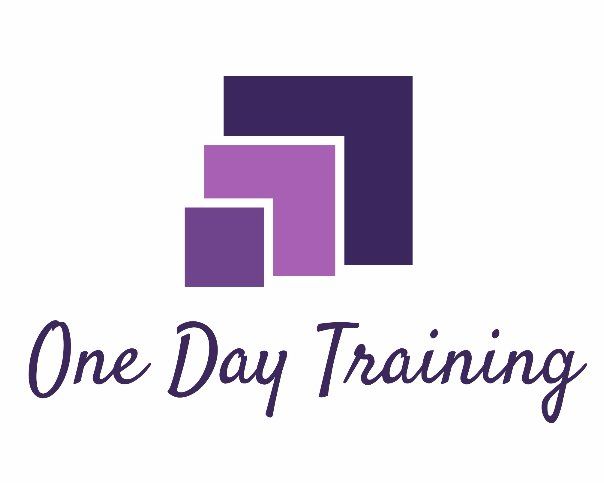
Sometimes language is used metaphorically. This might create images and emotions. Other times, and in particular in a workshop, we need to use precise language. We need to use as much direct correspondence as possible between the words being used and the reality being described. Words are the carrier of ideas, the vehicle of concepts. Unfortunately, language is also the source of misunderstanding and confusion.
Consider this example provided by Nickerson (1986, Reflections on Reasoning):
Nothing is better than eternal happiness.
A ham sandwich is better than nothing.
Therefore, a ham sandwich is better than eternal happiness.
Think about how the word ‘nothing’ changes its meeting from the first to the second idea, thus leading to a weird conclusion.
In workshops its important that the facilitator is clear about how words are being used. Words that we are familiar with our culture, don’t always translate to other languages and cultures. I was running a workshop in Caracas, the capital and largest city of Venezuela; it was a two day introduction to project management course. We discussed how deliverables would be decided on, how they would be scheduled and who would sign off acceptance criteria. Then, someone bravely asked me to help them understand what a ‘deliverable’ was – apparently there was no direct translation of this word into Spanish.
What an eye opener it was for me. These were bright, intelligent people but they waited for a suitable time to ask a fundamental question. I had assumed that everyone knew what I was talking about as it was obvious to me and other English language speakers.
So as a result of that lesson learned, I don’t progress on a workshop until I am confident people know the meaning of the word and how it corresponds to the context of what we are discussing.
For more on project management and a workshop for your organisation, contact me; carol@onedaytraining.co.nz
Ideas, views and other weird stuff. Search the blog:











